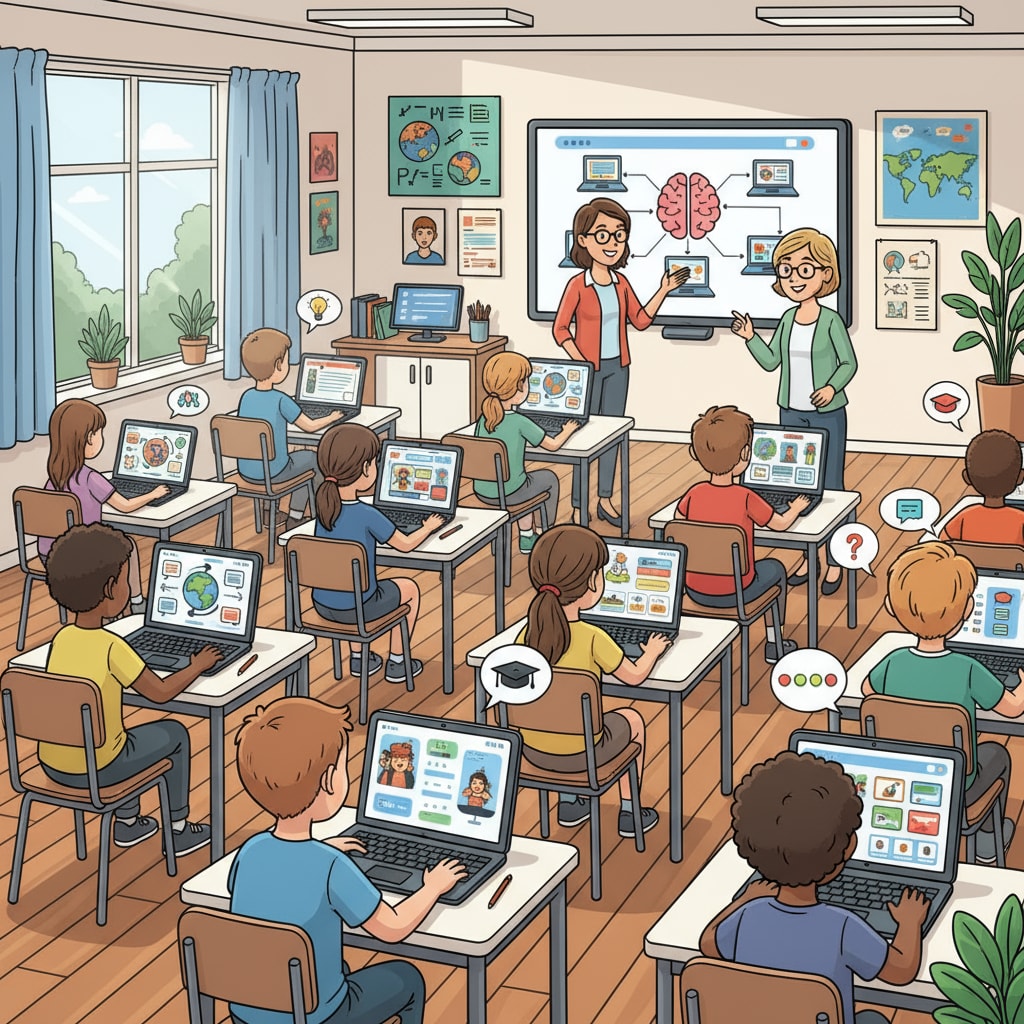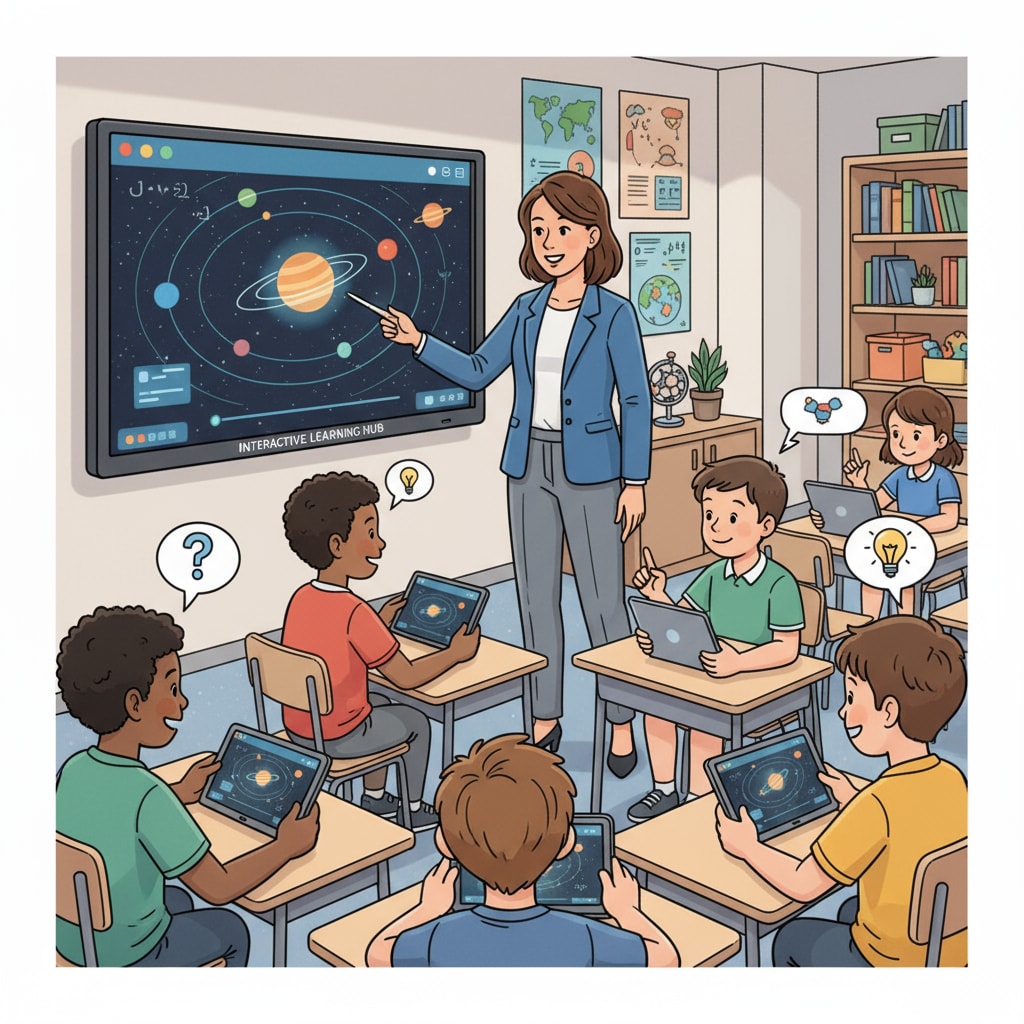In the realm of K12 education, educational technology has become a crucial factor in enhancing classroom learning and student engagement. Gone are the days when the smart whiteboard was the sole technological marvel in the classroom. Today, a plethora of tools are available to transform the learning experience.

For instance, platforms like Kahoot! have revolutionized the way quizzes are conducted. Instead of the traditional pen-and-paper quizzes, students can now engage in a fun, competitive environment, answering questions on their devices. This not only makes learning more enjoyable but also significantly increases their participation.
Interactive Learning Platforms
Interactive learning platforms are at the forefront of modern educational technology. These platforms provide a dynamic environment where students can actively participate. One such example is Google Classroom. It allows teachers to create and distribute assignments, conduct discussions, and provide feedback all in one place. As a result, students can easily access learning materials and submit their work, promoting seamless communication between teachers and students. Another popular platform is Moodle, which offers a wide range of features such as online courses, forums, and wikis. It gives educators the flexibility to design customized learning experiences for their students, thus enhancing student engagement. Google Classroom on Wikipedia

Digital Assessment Tools
Digital assessment tools have also made a significant impact on classroom learning. They not only streamline the assessment process but also provide valuable insights into student performance. Tools like Quizlet allow teachers to create flashcards, quizzes, and games to test students’ knowledge. It offers various study modes, enabling students to learn at their own pace. Additionally, tools such as Turnitin help in detecting plagiarism and providing detailed feedback on students’ written work. This encourages students to produce original and high-quality work. Educational Assessment on Britannica
In conclusion, educational technology offers a wealth of opportunities to enhance K12 classroom learning and boost student engagement. By leveraging these tools, educators can create more interactive, engaging, and effective learning environments. It’s time to move beyond the basic smart whiteboard and embrace the full potential of educational technology.
Readability guidance: The content uses short paragraphs and lists to summarize key points. Each H2 has a relevant explanation. The proportion of passive voice and long sentences is controlled, and transition words are added throughout the text.


